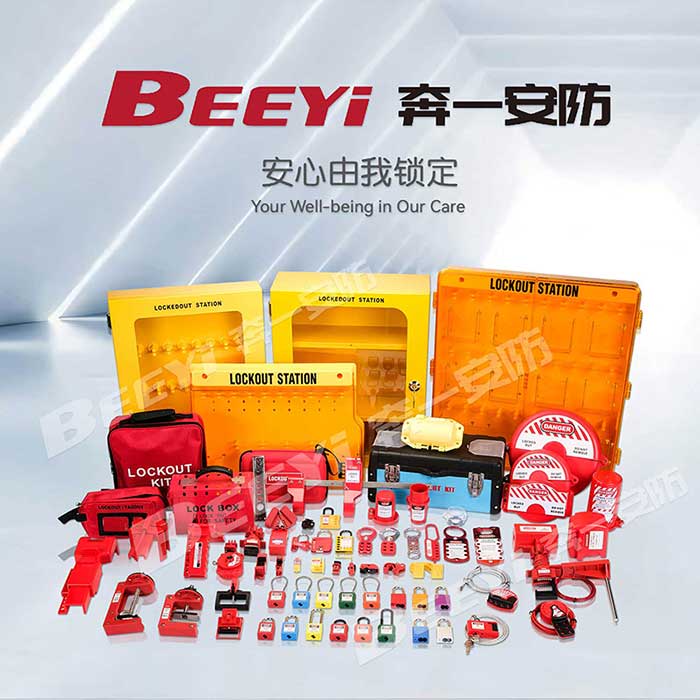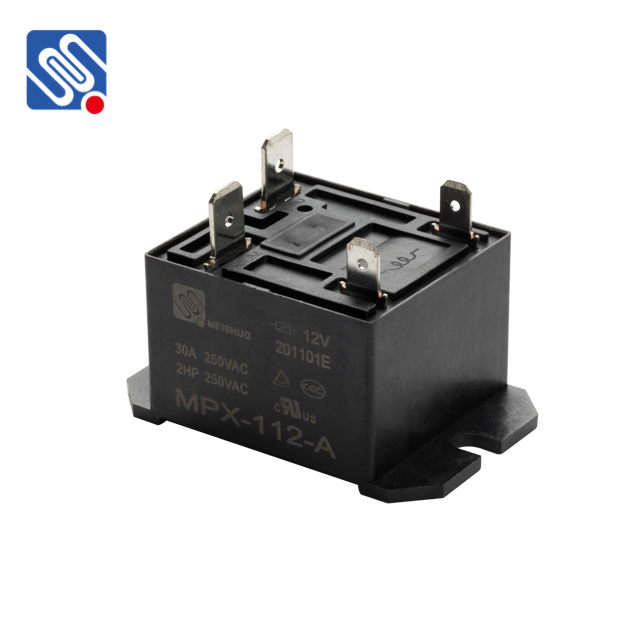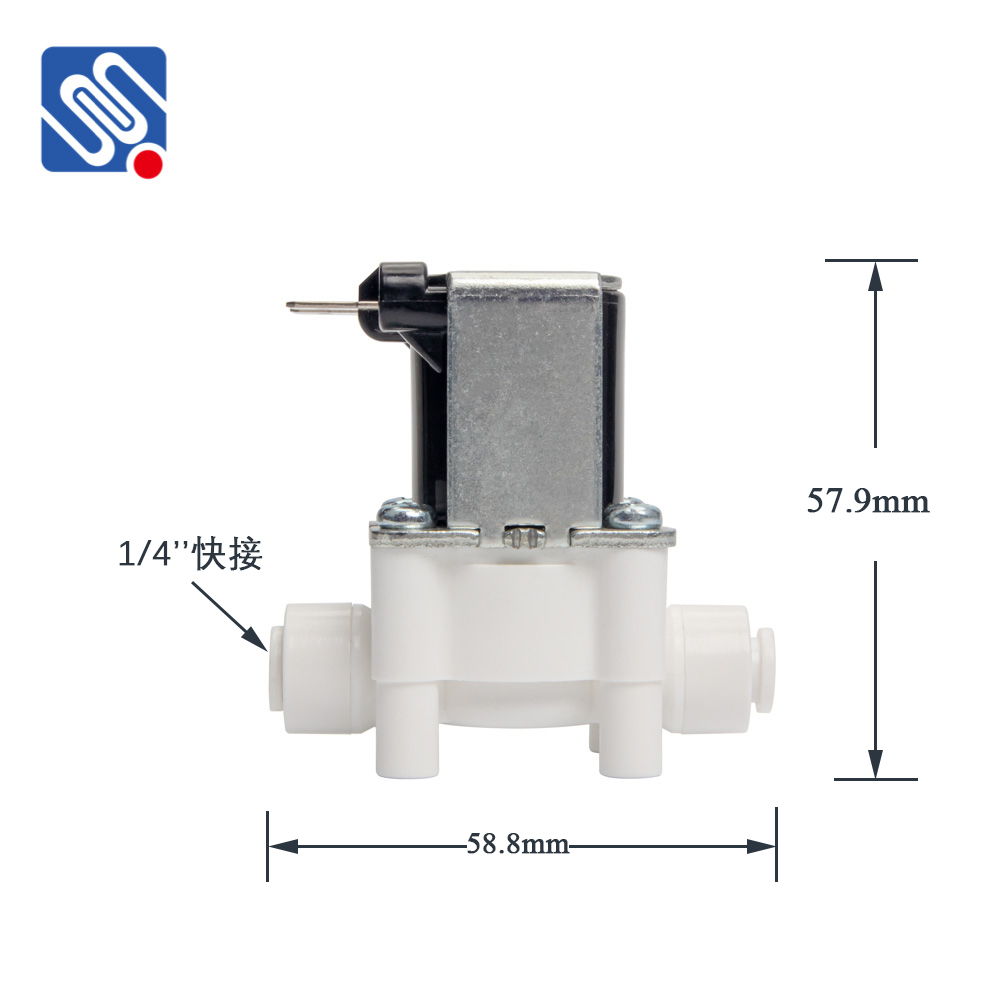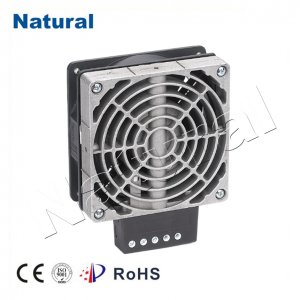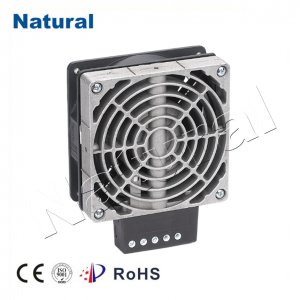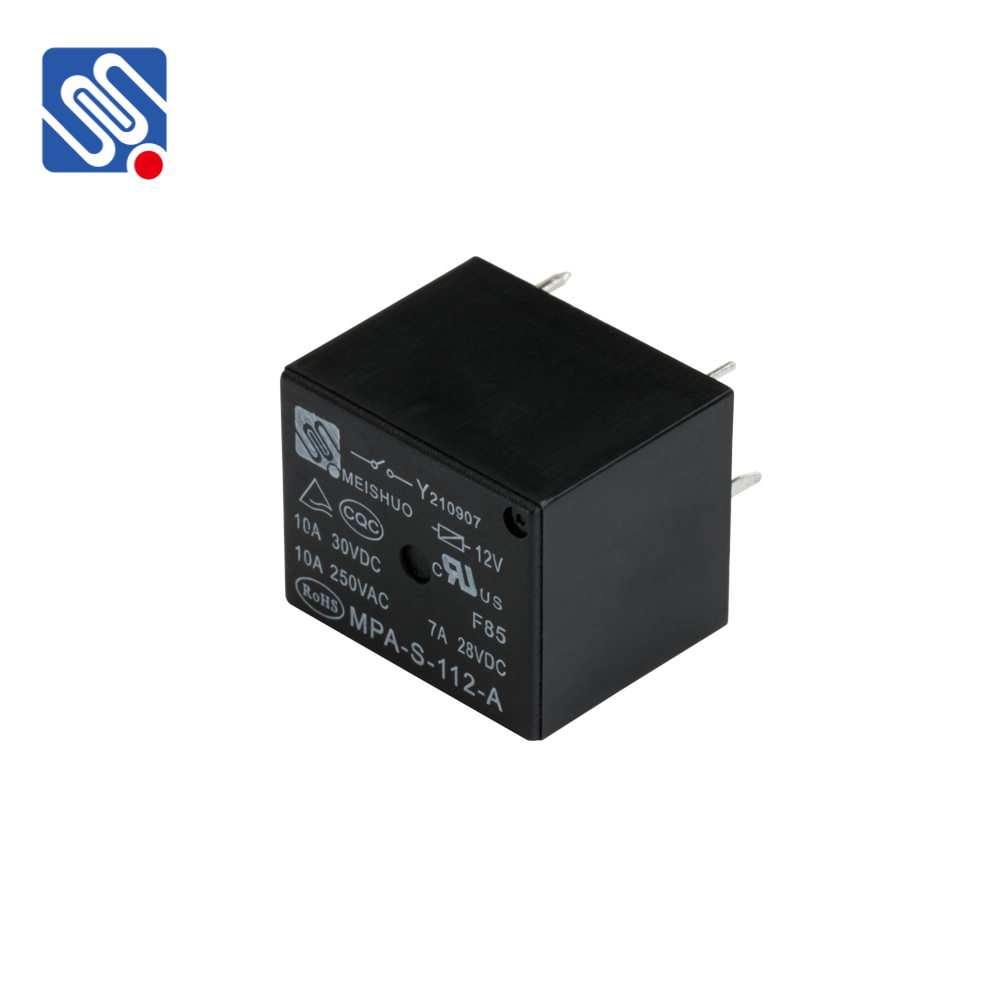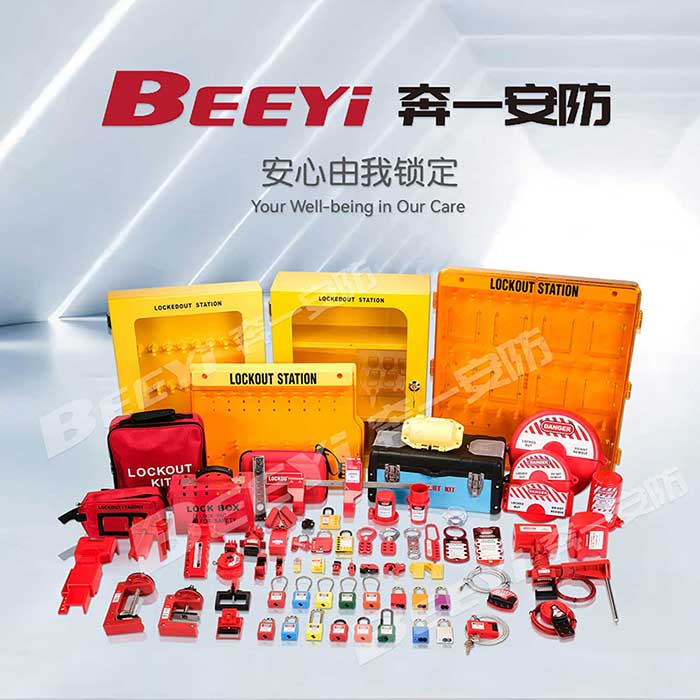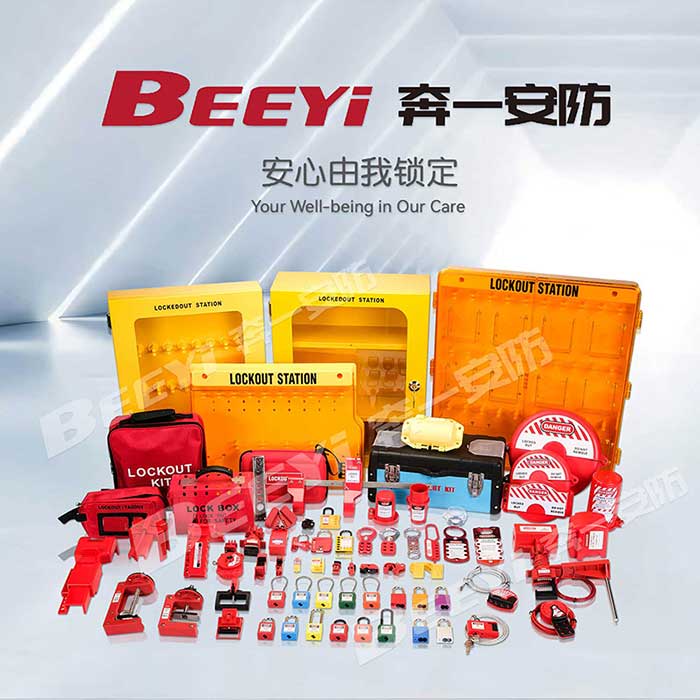Electric vehicles (EVs) have become a cornerstone of the future of transportation, offering eco-friendly alternatives to traditional gasoline-powered cars. Central to the operation of EVs is the management of high-voltage systems, primarily the battery and motor, which require precise control to ensure both safety and efficiency. One of the most important components in this regard is the Electric Vehicle High Voltage Relay. This device plays a crucial role in regulating the power flow between the battery and the various systems within the vehicle. This article will explore the role, functionality, and importance of high voltage relays in EVs.

What is an Electric Vehicle High Voltage Relay? An Electric Vehicle High Voltage Relay is an electrical switch used in electric vehicles to manage high-voltage circuits. It functions as a protective mechanism to control the flow of power between the vehicle’s high-voltage battery and its various components, such as the electric motor and charging system. The relay is designed to operate in systems that use voltages ranging from 300V to 800V, which are typical for electric vehicle powertrains. The Role of High Voltage Relays in EVs High voltage relays in EVs have a primary responsibility: to safely manage the switching of high-voltage circuits. These relays work by using a low-voltage signal to control the switching of high-voltage circuits, essentially opening or closing the connection based on operational needs. Their role is particularly critical during various stages of the vehicle’s operation, including charging, driving, and in the event of a system fault.
